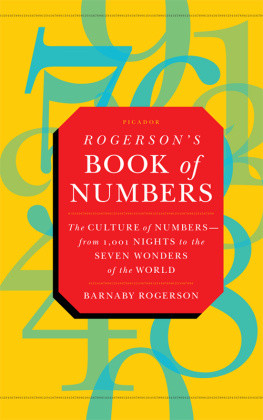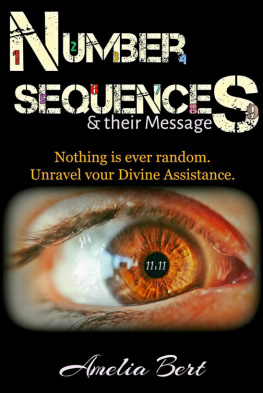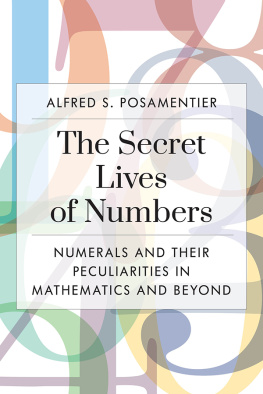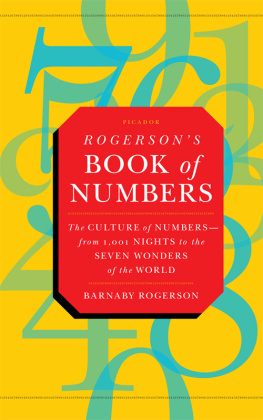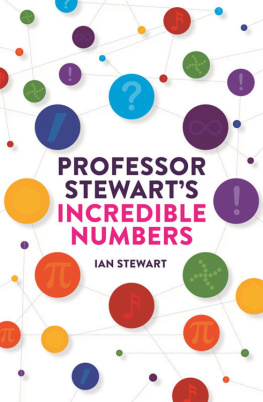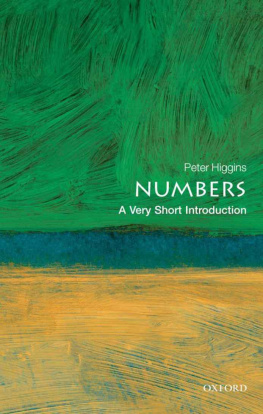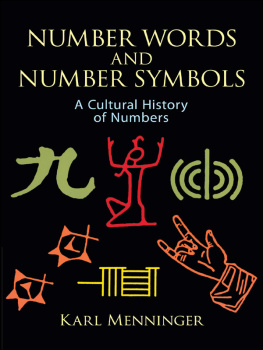Contents
Guide
B ARNABY R OGERSON is an author and publisher. Together with his partner Rose Baring, he runs Eland Books, which specializes in keeping the classics of travel literature in print. He is the author of acclaimed biographies of the Prophet Mohammed and the Prophets heirs, a history of the Crusades (The Last Crusaders), and travel guides to such places as Morocco, Cyprus, and Istanbul. He writes frequently for Vanity Fair, Cond Nast Traveller, Harpers Bazaar, and The Times Literary Supplement.
ROGERSONS
BOOK OF NUMBERS

THE CULTURE OF NUMBERS
FROM 1,001 NIGHTS TO
THE SEVEN WONDERS OF THE WORLD
BARNABY ROGERSON
PICADORNEW YORK
The author and publisher have provided this e-book to you for your personal use only. You may not make this e-book publicly available in any way. Copyright infringement is against the law. If you believe the copy of this e-book you are reading infringes on the authors copyright, please notify the publisher at: http://us.macmillanusa.com/piracy.
Dedicated to the events of 7:12 in all their various manifestations
Introduction
This B OOK OF N UMBERS is an array of virtues, spiritual attributes, gods, devils, sacred cities, powers, calendars, heroes, saints, icons and symbols. Its short essays try to explain the many roles numbers play in poetry, in the hierarchies of Heaven and Hell and in the many religions, cultures and belief systems of our world. And, as one reads, it becomes clear that all our supposedly separate cultures are magnificently interlinked and interrelated by a shared belief in the magical significance of numbers.
I first began to assemble the book when I was working, thirty years ago, on the decoration of an underground grotto at Leeds Castle in Kent. My menial role allowed me to watch jewellers, artists, masons and sculptors at work, creating mythical beasts from stone. The carvers, in particular, were furiously competitive. Sometimes work that had been finished the day before would be found to have been hacked off by another hand when we returned in the morning. The chief sculptor would hide when the architect came around for his weekly inspection, banned any instrument that could measure units and would not tolerate advance planning. Go and dream it, he would mutter, if any of us came to him with questions. He was, however, generous with his skills and a natural teacher by example. Although I had the simplest jobs mixing tea, making mortar and laying the floor with pebbles he enhanced my status by asking me for an opinion on anything historical or mythological. He was especially excited by anything that had a numerical ring to it which could help in his ideas for the decoration of the underground dome.
Green Grow the Rushes, O and the The Twelve Days of Christmas, with their twinkling, haunting symbolism, were especially well received in part because there were a large number of different explanations to argue over.
During the lunch break we would all stretch out in the sunshine, basking in delighted contrast with our dark, underground work-zone, with its buckets of mortar, trays of shells, mislaid tools and pools of stagnant water through which twisted sinister, serpentine lengths of power cable. As we enjoyed dreamy, picnic lunches, overlooking a beautiful castle framed by three lakes, we began to dream up a contemporary cathedral. This was not to be encrusted with minerals, shells, distorted bricks, bleached bones, baked flints and crystals, like the structure we were building, but instead a triumphant instance of modernism. It would be a glittering shrine of glass and taut steel cables, standing alone on an island just off the ocean shore and dedicated to the Sustainer of Life. It would be approached during low tides, when visitors could walk across. The glass vaults were to be etched with thousands of images, all the names of the gods, saints and ethical teachings. At noon they would be invisible to the naked eye, but at dawn and dusk they would glow with color. The floor of this temple was to be covered with washed sand, upon which visitors could draw patterns or inscribe new versions of the wisdom of ages.
This little book is designed to aid such a work, beginning with the big numbers and working backwards.
Barnaby Rogerson, September 2013
THE NUMBERS

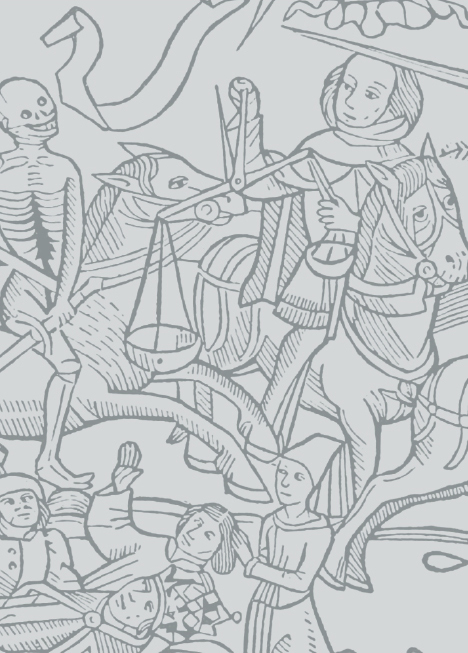
Millions


MILLIONS OF ANGELS DANCING ON A PIN

The question of How many angels could dance on a pin is often quoted as the essence of medieval scholasticism, a burning issue for the likes of Duns Scotus and Thomas Aquinas. In fact, although Scotus certainly troubled himself over the question of Can several angels be in the same place? there is no mention of dancing on pins until it was raised as mockery in the seventeenth century by Protestant academics. Still, its a question that ought to be answered and if we take an angel to be no more or less than an atom, then 200,000 could fit in the width of a single human hair. More impressively, neuroscientist Anders Sandberg has come up with the figure of 8.67661049 angels, based on theories of information physics and quantum gravity.

Angels dancing on pins but how many could fit?

THE 4,320-MILLION-YEAR-LONG DAY

4,320 million of our years corresponds to but a single day in the existence of the Lord Brahma, the ultimate unifying aspect of all the teeming gods of the Hindu pantheon. For Brahma is the Absolute, the Universal Soul, Ishawara the One Great God. This day of Brahma can be divided into a thousand units or mah-yugas to give us the more homely scale of 4.32 million years. They can also be multiplied up to create a Brahmic month, 259.2 billion of our years, or a Brahmic year, which is 311.04 trillion of our years, or the 100-year life-span of the supreme deity.
It is believed that we are just over halfway through the current incarnation of Brahma in the first day of the fifty-first year of his life. It is rather like the big bang theory, but even more so, for at the end of each cycle of 311 trillion years there is an equal period of immobile darkness before the universe explodes into another Brahmic creation.

